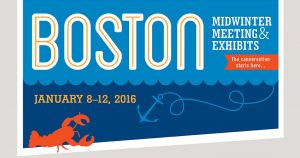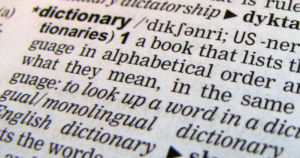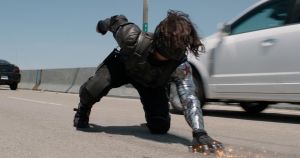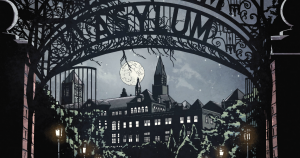Discussion: What would you like to see more of?
In terms of disabled characters, what would our contributors like to see more of in children’s literature?
In terms of disabled characters, what would our contributors like to see more of in children’s literature?
Disability in Kidlit will be undergoing some changes; a different posting schedule, update on submissions, and social media news.

It’s time for #alamw16: all the information on ARCs, signings, and awards related to disability representation.

To help authors make informed decisions about what language to use, we talk about disability terminology–from outdated words and cringe-worthy phrases to straight-up ableist slurs, and everything in between.

Magic and technology often minimize disability in SF/F. How can authors meaningfully engage with disability and the ways that speculative elements can affect disabled characters?

A thorough overview of common autism tropes that mirror and reinforce real-life stereotypes, with links to news stories, research, book reviews or commentary, and blog posts describing relevant real-world experiences.

When we see institutions in YA, we usually see them in one of two contexts: a “sane” person wrongly incarcerated in one, or a spooky (often old, sometimes abandoned but haunted by ghosts) asylum filled with “crazy people.”

Portrayals of scoliosis in fiction often lack realism. Why is there so little reflection on the factors that affect a person’s journey?
I can feel their eyes on me. They’re all staring, judging.

My name is Philip and I write to communicate. Authors who write about us should first learn from us; in their stories, they should present us as whole characters with interests and personalities.